Colours - EYFS/Early Years activities, Displays and ideas
PLEASE SCROLL DOWN TO BROWSE OUR
‘Colour’ RESOURCES…
SECTIONS ON THIS PAGE:
Free Sample Resources
Core ‘Colours’ Resources
Free ‘Colour’ resources created with special dates in mind (red and purple)
‘Colour’ Resources in the following topics - Construction - Non-Topic Maths - Teeth and Oral Health - Science - Dinosaurs - Dual Language - Easter - Pets - Forest School - Plants - Fireworks - Valentine’s Day - Fairies - Winter - Holi - Teddy Bears’ Picnic - Medicine - Jack and the Beanstalk - Pancake Day
Topics related to ‘Colour’
Related special dates - International Colour Day - Purple Day - National Wear Red Day (Scroll down to find out more)
Additional pages/topics/themes you may be interested in
FREE SAMPLE RESOURCES!
(Click on the images below to find out more)
If you are not a member already, become a ‘Free Access’ member here. This will give you access to resources within the ‘Free Sample Resources’ sections at the top of most pages and ‘Special Dates Calendars’. Some whole topics are even free! Find out more about all of our membership options here. If you are already a member… thank-you! x
Please note that both Editable (docx file) and non-editable (pdf file) versions are available for all ‘Colour’ resources. (Editable files require Microsoft Word to work at optimum level and Non-Editable files require a pdf viewer.)
Click on the thumbnail images below for further details…
Free ‘Colour’ resources created with special dates in mind
(red and purple)
‘Colour’ Resources in ‘Construction’…
‘Colour’ Resources in ‘Non-Topic Maths’…
‘Colour’ Resources in our (FREE) ‘Teeth and Oral Health’ topic…
‘Colour’ Resources in ‘Science’…
‘Colour’ Resources in our ‘Dinosaurs’ topic…
‘Colour’ Resources in ‘Dual-Language’…
Egg themed ‘Colour’ Resources in ‘Easter’…
‘COLOUR’ Resources in ‘Eye Health’ Topic…
‘Colour’ Resources in ‘Fairies’ topic…
‘Colour’ Resources in ‘Jack and the Beanstalk’ topic…
‘Colour’ Resources in ‘Pets’ topic…
‘Colour’ Resources in ‘Forest School’ topic…
‘Colour’ Resources in ‘Holi’ topic…
‘Colour’ Resources in ‘Medicine’ topic…
‘Colour’ Resources in ‘Plants’ topic…
‘Colour’ Resources in ‘Teddy Bears’ Picnic’ topic…
‘Colour’ Resources in ‘Pancake Day’ topic…
‘Colour’ Resources in ‘Fireworks’ topic…
‘Colour’ Resources in ‘Valentine’s Day’ topic…
‘Colour’ Resources in ‘Winter’ topic…
Ignite creativity and explore Scottish heritage with our Design a Kilt Activity Sheets! This fantastic…
Immerse your young learners in the spirit of Scotland with our Scottish Flag Background Mark…
Transform your learning space into a vibrant celebration of Scotland with our Scottish Flag/Saltire…
Bring the iconic blue and white of Scotland's national flag to life with our engaging Scottish Flag…
Make learning numbers fun with our Scottish Flag Counting Puzzles! This engaging printable…
Introduce the iconic colours of Scotland with our FREE Scottish Flag Puzzles pack, tailor-made…
Bring a splash of Scottish charm and a boost of fine motor skills to your early years setting with our…
TOPICS & SPECIAL DATES RELATED TO ‘Colour’…
Related Special Dates | you may wish to explore with your children
The following is a list of awareness dates and events that may be of interest to you when covering the themes on this page. Each special date section below contains a brief description of the event, who started it and why, some ideas for exploring it with your children and a link to the official website of the awareness day or the primary organisation behind it where this is available. [Please note: external links are provided for informational purposes and we are not responsible for the content of external sites.]
International Colour Day
International Colour Day is celebrated annually on March 21st. This global observance was established by the International Colour Association (AIC), an international organisation that brings together national colour associations from over 30 countries. The date, March 21st, was chosen because it falls around the equinox, a time when day and night are of approximately equal length worldwide, symbolising the balance of light and darkness inherent in all colours and cultures. The day is dedicated to celebrating the profound impact of colour on our lives, from art and design to science and communication.
The main educational thrust of International Colour Day for EYFS and KS1 children is to foster an appreciation for the vibrancy and diversity of colours in our world, exploring how colours affect our emotions, senses, and understanding. It encourages children to observe, identify, mix, and describe colours, developing their visual literacy and creative expression. It also subtly introduces concepts of light and shadow, the science behind colour, and the idea that colours can convey meaning and communicate across cultures.
Activities for EYFS and KS1 Practitioners and Parents:
Here are some engaging and age-appropriate activities to celebrate International Colour Day and explore the wonderful world of colours with young children:
Rainbow Day Dress-Up: Encourage children to wear as many different colours as they can, or dress in a specific colour for the day. You could even challenge them to dress up in rainbow colours!
Colour Scavenger Hunt: Give children a list of colours (or colour swatches) and challenge them to find objects around the classroom, home, or outdoors that match each colour.
Colour Mixing Fun:
Primary Colour Painting: Provide red, yellow, and blue paint and let children experiment with mixing them to discover secondary colours (orange, green, purple). Discuss what colours they made.
Walking Water Experiment: Set up clear cups with primary coloured water and connect them with folded paper towels to watch the colours "walk" and mix, creating new colours.
Coloured Ice Cubes: Freeze water with different food colourings. Children can play with the ice cubes as they melt, observing the colours spread and mix.
Sensory Colour Bins/Bottles: Fill clear bottles or bins with objects of a single colour (e.g., a "blue bin" with blue blocks, blue fabric scraps). Children can explore the textures and shades within one colour. Alternatively, create colourful sensory bottles with glitter, water, and food colouring.
"How Does This Colour Make You Feel?" Discussion: Show children different colours and ask them how each colour makes them feel. Do some colours feel happy? Calm? Exciting? This introduces the concept of colour psychology.
Nature's Colours Walk: Go on a walk outside and actively look for all the different colours in nature – the green of leaves, the brown of tree bark, the various colours of flowers, the blue of the sky. Discuss how many colours they can find.
Light and Colour Exploration:
Colour Filters: Use coloured cellophane or transparent coloured blocks to look through. How does the world change when viewed through different colours?
Shadow Colours: On a sunny day, discuss how shadows don't have colour but are often darker.
"What's My Colour?" Guessing Game: One person thinks of an object and gives clues about its colour without saying the colour. "I'm thinking of something that is the colour of grass and leaves." Children guess the colour.
Food Colour Fun: Make a simple snack using different colours of fruit or vegetables, discussing the colours as you prepare them. (e.g., a fruit salad with red strawberries, green grapes, yellow bananas).
Colourful Story Time: Read books where colour is a central theme (e.g., "Brown Bear, Brown Bear, What Do You See?" by Bill Martin Jr. or "The Day the Crayons Quit" by Drew Daywalt).
Official International Colour Day / AIC Website: For more information and to learn about the global celebration of colour, please visit the official website of the International Colour Association: www.aic-color.org (Look for the International Colour Day section, or ICD).
Purple Day (Epilepsy Association of the Maritimes)
Purple Day is an international grassroots event celebrated annually on March 26th. It was created in 2008 by Cassidy Megan, a young girl from Canada who lives with epilepsy. Her goal was to get people talking about epilepsy and to let those living with the condition know that they are not alone. The colour purple was chosen because lavender is internationally recognised as the flower of epilepsy. On Purple Day, people around the world are encouraged to wear purple and host events to raise awareness and funds for epilepsy.
The main educational thrust of Purple Day for EYFS and KS1 children is to foster understanding, empathy, and acceptance towards people who have epilepsy, and to learn about a condition that affects many people. It helps to demystify epilepsy, reduce stigma, and empower children to be kind and supportive classmates and friends. It also introduces the concept of helping others through awareness and fundraising for a specific cause.
Activities for EYFS and KS1 Practitioners and Parents:
Here are some gentle and age-appropriate activities to celebrate Purple Day and learn about epilepsy:
Wear Purple: This is the simplest and most visual way to participate! Encourage children to wear something purple. Explain that by wearing purple, they are showing their support for people with epilepsy.
"What is Purple Day?" Circle Time: Have a simple, age-appropriate discussion about Purple Day. Explain that some people's brains work a little differently, and sometimes they have seizures. Emphasise that it's okay, and that we can be kind and helpful. You can use simple analogies, like "Sometimes our brains send messages a bit like a wobbly train," or "It's like a computer glitch for a moment."
Purple Crafts: Engage in purple-themed art and craft activities.
Purple Collages: Provide various shades of purple paper, fabric scraps, and glitter for children to create a purple collage.
Purple Playdough: Make or use purple playdough to sculpt.
Paint with Purple: Encourage children to use different shades of purple paint.
"Calm, Cushion, Call" Poster (Simplified): Introduce the simple steps for helping someone having a seizure. You can simplify it greatly for EYFS/KS1:
Calm: Stay calm.
Cushion: Put something soft under their head (like a rolled-up jumper or cushion).
Call: Tell a grown-up immediately.
You could even create a simple picture-based poster together.
Purple-Themed Snack Time: Prepare some purple snacks or drinks (e.g., grape juice, blueberries, purple grapes, or even purple icing on biscuits/cakes). Talk about the colour as you enjoy them.
Reading Books About Difference/Kindness: While there might not be many specific books on epilepsy for this age group, you can read stories that promote understanding of individual differences, empathy, and kindness towards others, reinforcing the core message of Purple Day.
"Sharing Our Feelings" Activity: Discuss how sometimes people might feel different, and how it's important to be understanding and supportive of everyone's feelings. This links to the emotional support aspect of epilepsy awareness.
Purple Day Fundraising (Optional & Age-Appropriate): If your setting chooses to fundraise, explain to children that the money raised helps charities that support people with epilepsy. Ideas include:
Purple Bake Sale: Children could help decorate purple cakes/biscuits.
"Wear Purple" Donation: A small donation for wearing purple clothes.
Planting Lavender: If possible, plant some lavender (the international flower of epilepsy) in pots or a garden. Discuss how it smells lovely and is known for being calming, linking back to the idea of supporting people.
Official Purple Day / Epilepsy Charity Websites (UK): For more information, resources, and fundraising packs, you can visit the websites of UK epilepsy charities that support Purple Day:
Epilepsy Society: www.epilepsysociety.org.uk/purpleday
Epilepsy Action: www.epilepsy.org.uk/involved/fundraising/purple-day
Young Epilepsy: www.youngepilepsy.org.uk/get-involved/raise-money/purple-day/
Purple Day website: www.purpleday.org/
National Wear Red Day (Children’s Heart Surgery Fund)
National Wear Red Day, for the Children's Heart Surgery Fund (CHSF), is an annual event that typically takes place on the first Friday in February. This special day encourages schools, businesses, and individuals across the UK, particularly in the Yorkshire and Humber region, to wear red and raise vital funds for CHSF. The charity works tirelessly to support children and their families affected by congenital heart disease (CHD) – a condition that means a baby's heart or major blood vessels don't form properly before birth – and to help provide life-saving heart surgery and care at the Leeds Congenital Heart Unit.
The main educational thrust of National Wear Red Day for EYFS and KS1 children is to foster empathy, understanding, and kindness towards children who may have serious health conditions, particularly those affecting their heart. It subtly introduces the concept of how doctors and hospitals help people get better, and the importance of charity in supporting vulnerable children and their families. It also encourages children to appreciate their own health and to show solidarity with others who might be facing challenges.
Activities for EYFS and KS1 Practitioners and Parents:
Here are some engaging and age-appropriate activities to celebrate National Wear Red Day and teach children about its important message:
Wear Red!: This is the primary way to participate. Encourage children to wear something red – a top, socks, a hat, or a red accessory. Explain that by wearing red, they are showing their support for children with "poorly hearts" who need special help from doctors.
"Our Amazing Hearts" Discussion: Have a simple discussion about the heart. Explain that everyone has a heart that helps their body work and keeps them alive. You can put a hand on your chest and feel your own heartbeat. Explain that for some children, their heart needs a little extra help from doctors.
Red-Themed Art & Crafts:
Red Handprint Hearts: Children can make red handprints on paper and cut them out to form heart shapes. These can be used for a display.
"Get Well Soon" Cards/Drawings: Encourage children to draw pictures or make cards for children in hospital, sending messages of kindness and hope.
Red Collage: Provide various red materials (paper, fabric scraps, wool) for children to create a red-themed collage.
Story Time: "Helping Others" or "Being Brave": Read age-appropriate books that feature themes of helping friends, being kind, visiting the doctor (in a positive light), or showing bravery. This helps children connect with the idea of supporting others through challenges.
"Healthy Heart" Movement Game: Play active games that get hearts pumping!
"Heartbeat Race": Have children do short bursts of exercise (e.g., jumping jacks, running on the spot) and then feel their heart beating faster. Discuss why their heart works hard when they move.
"Follow the Leader" with Heart-Healthy Moves: Lead simple exercises like marching, hopping, and stretching.
Teddy Bear Hospital/Doctor Role Play: Set up a pretend "hospital" for teddy bears or dolls. Children can be the doctors and nurses, checking "heartbeats" (e.g., by tapping a drum softly), giving "medicine," and making their patients feel better. This helps demystify medical settings.
Red Snack Time: Enjoy some healthy red-coloured snacks, such as strawberries, raspberries, red apples, or cherry tomatoes. Discuss the colour and how these foods help our bodies stay healthy.
Fundraising Activities (Age-Appropriate): If your setting is fundraising for CHSF, explain simply that the money helps pay for special equipment or support for families.
"Wear Red" Donation: A small donation for children wearing red.
"Red Bake Sale": Children could help decorate red-themed cakes or biscuits (e.g., with red icing) to sell.
Sponsored "Heart-Healthy" Challenge: A sponsored walk, run, or dance-a-thon where children get sponsors for being active.
Official Children's Heart Surgery Fund Website: For more information, resources, and to learn more about the vital work of the Children's Heart Surgery Fund, please visit their official website: www.chsf.org.uk/wear-red-day/
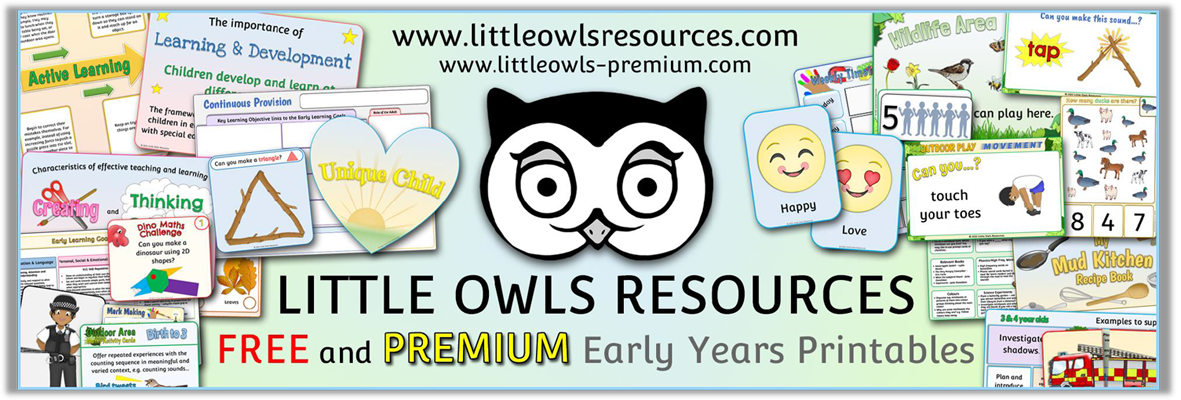


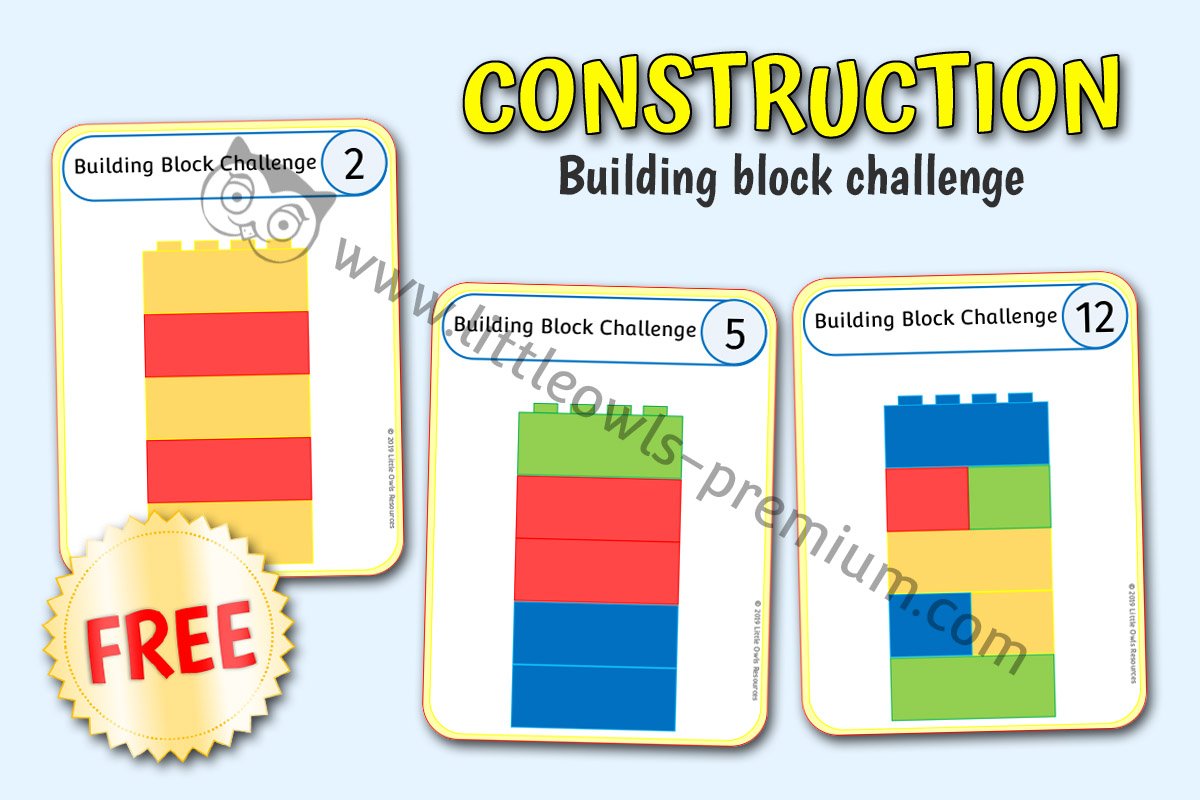

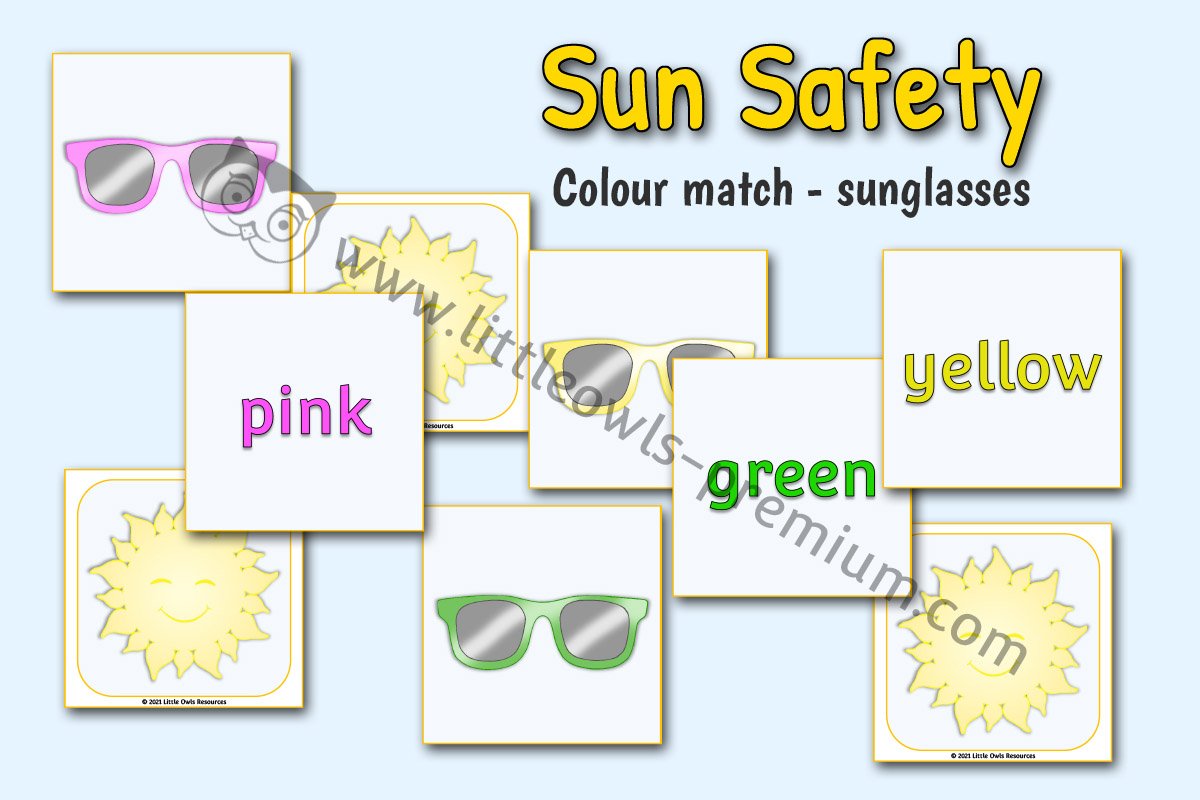





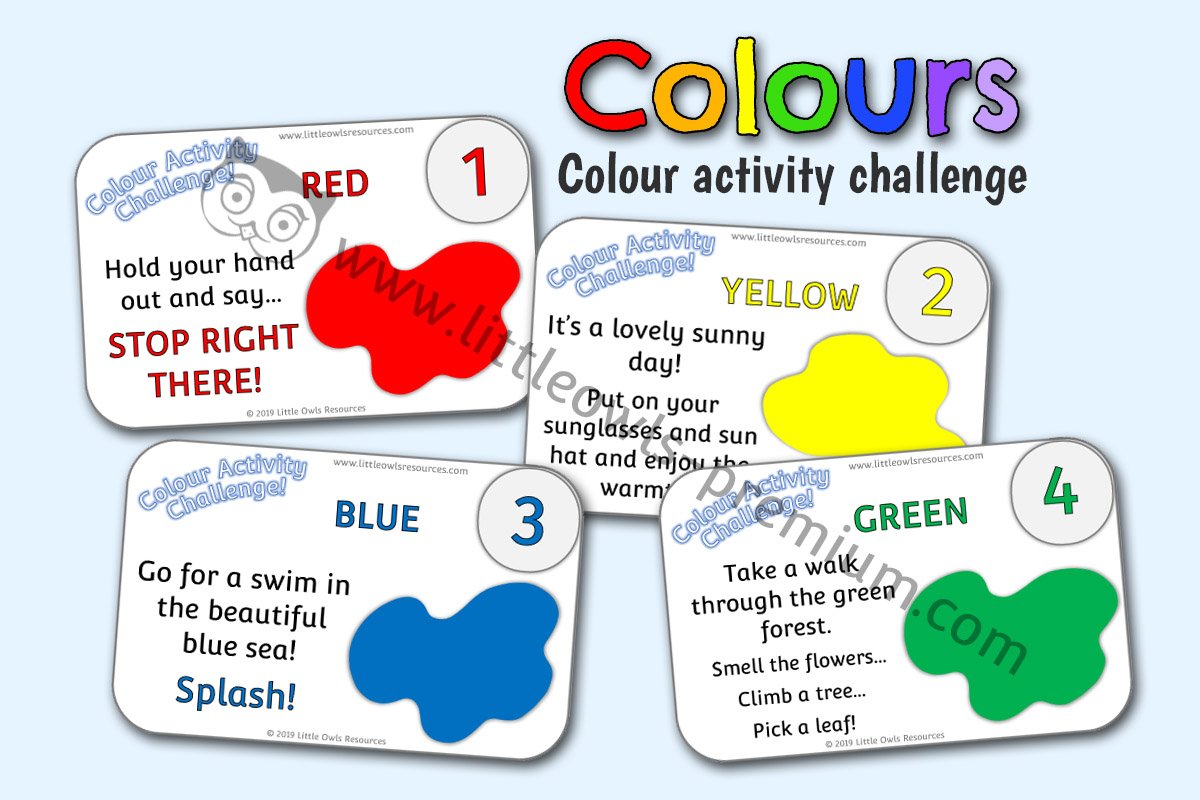



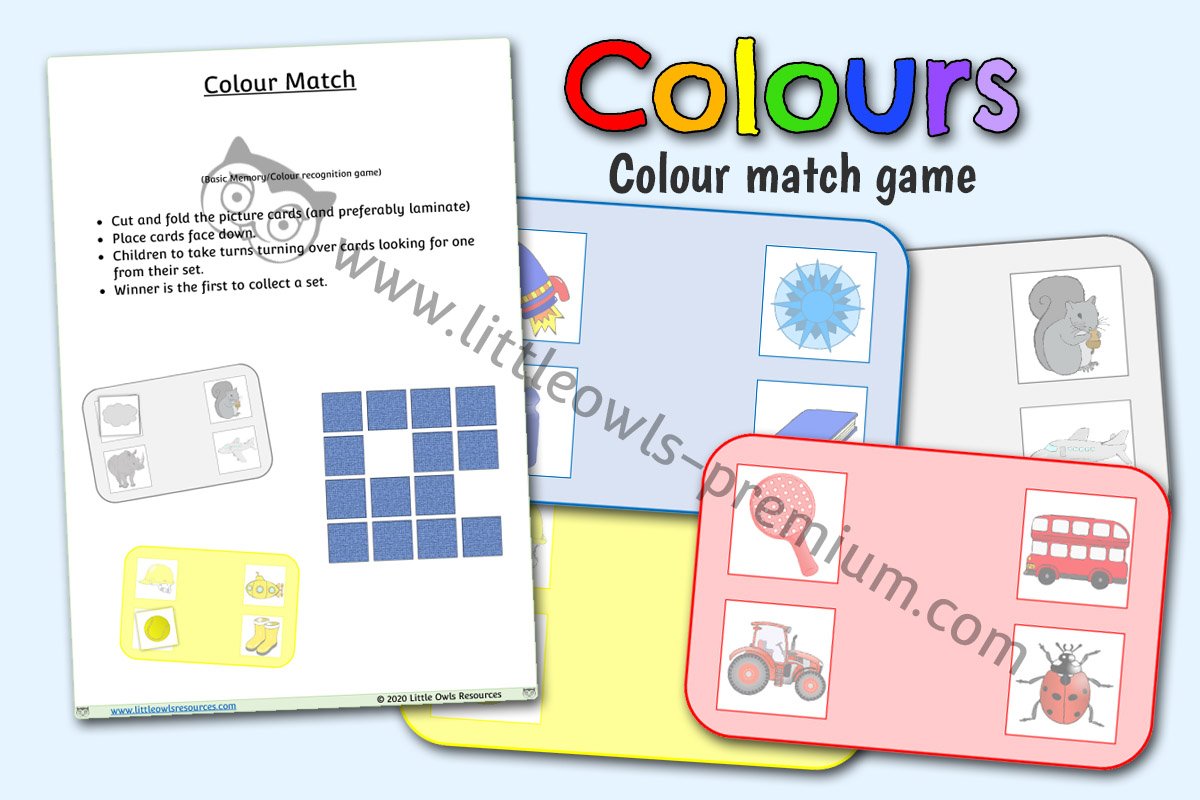
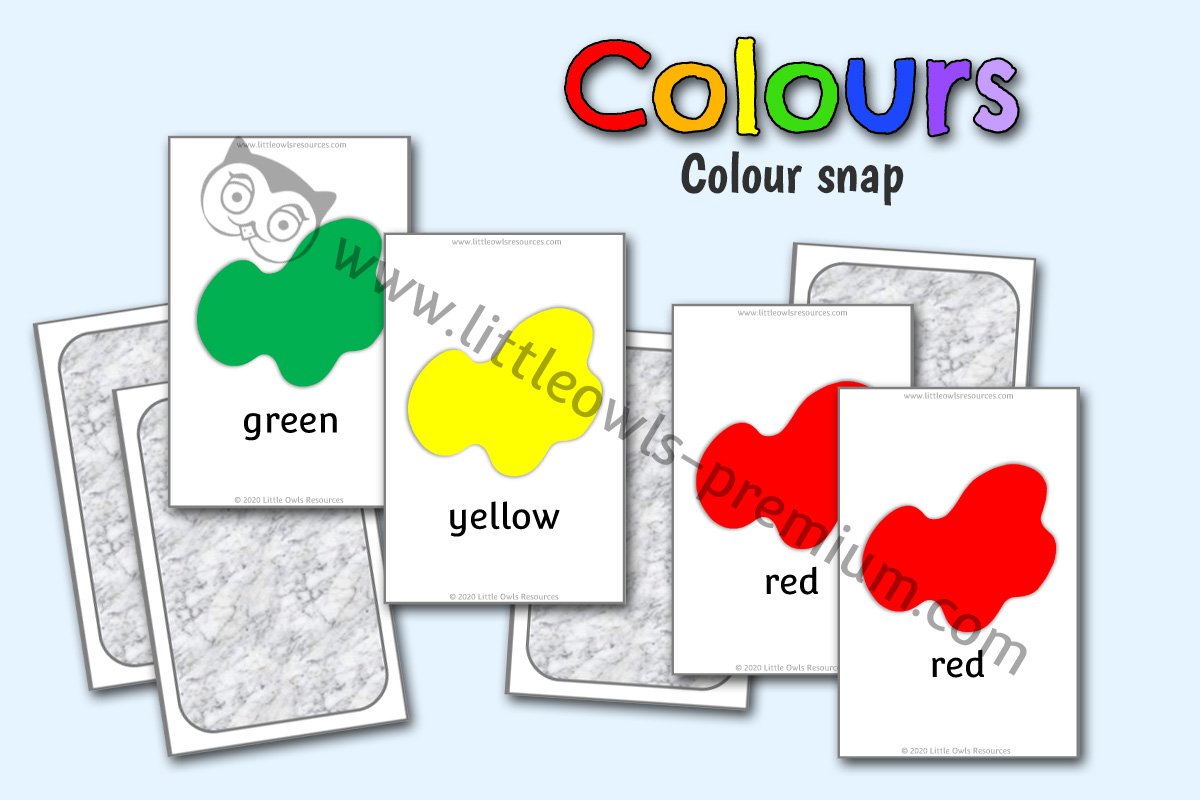
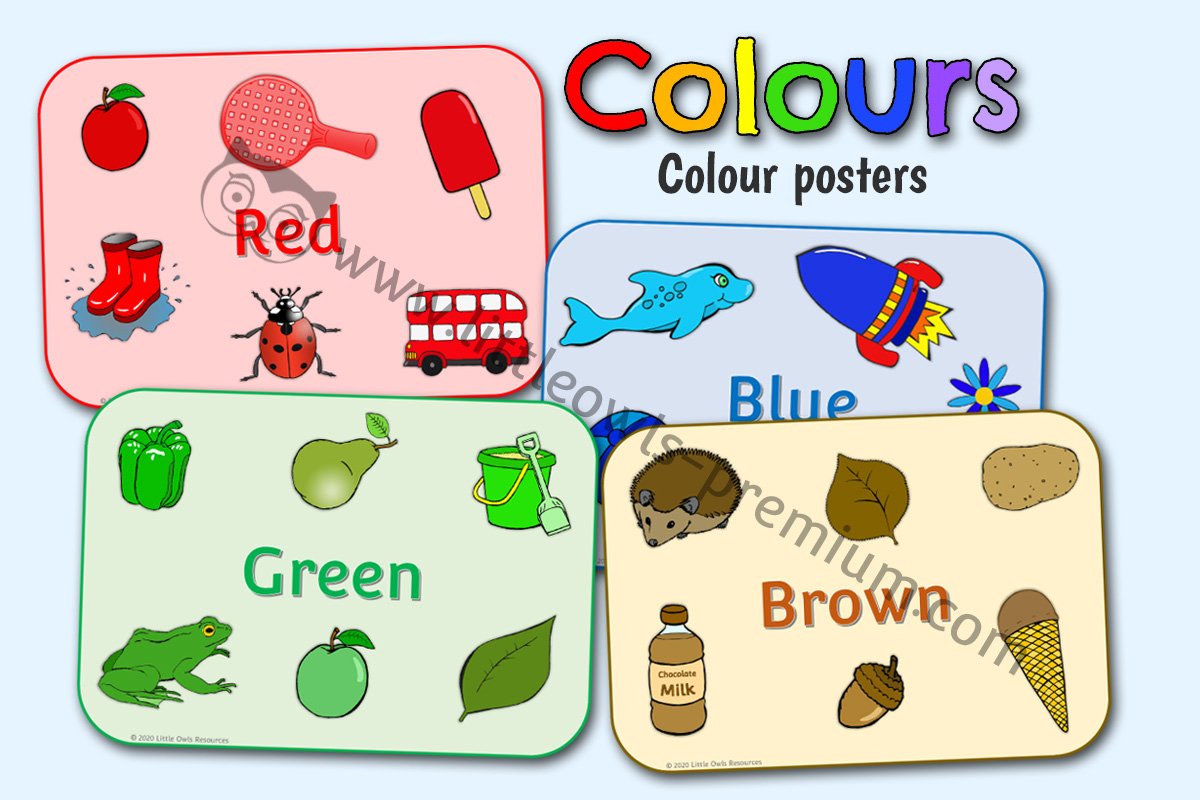

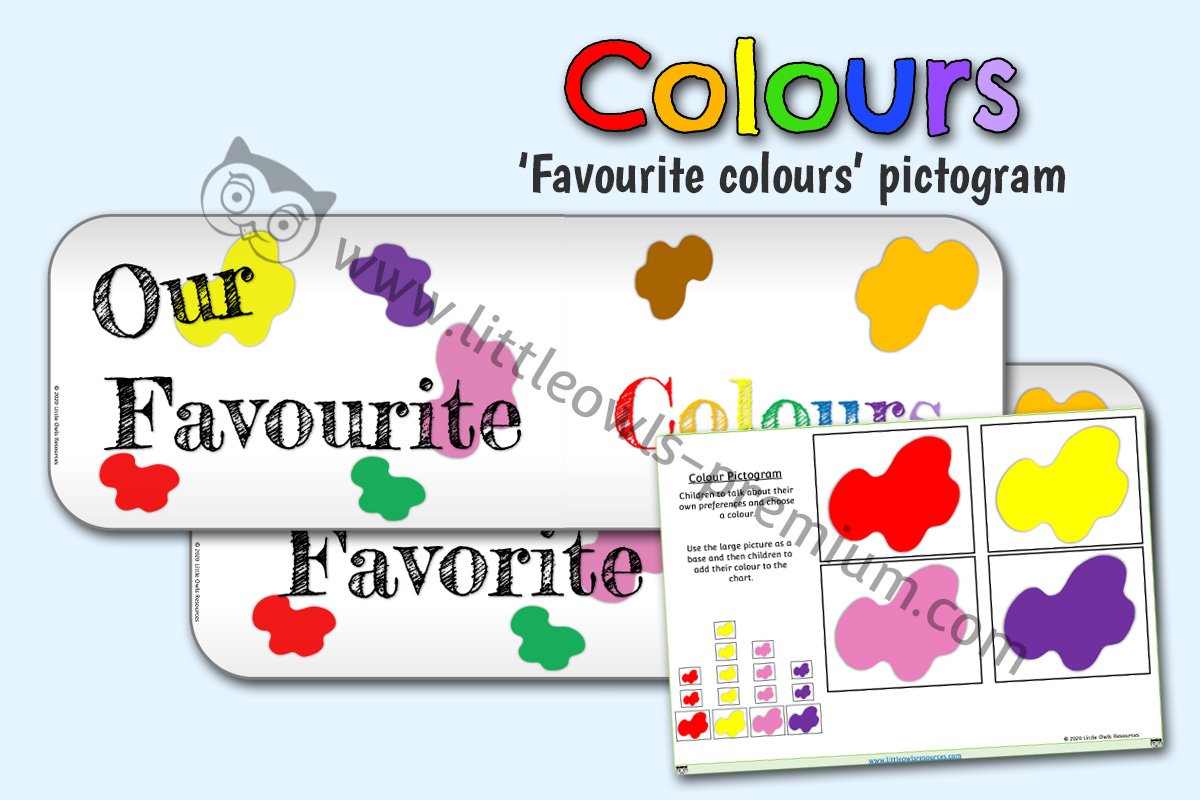

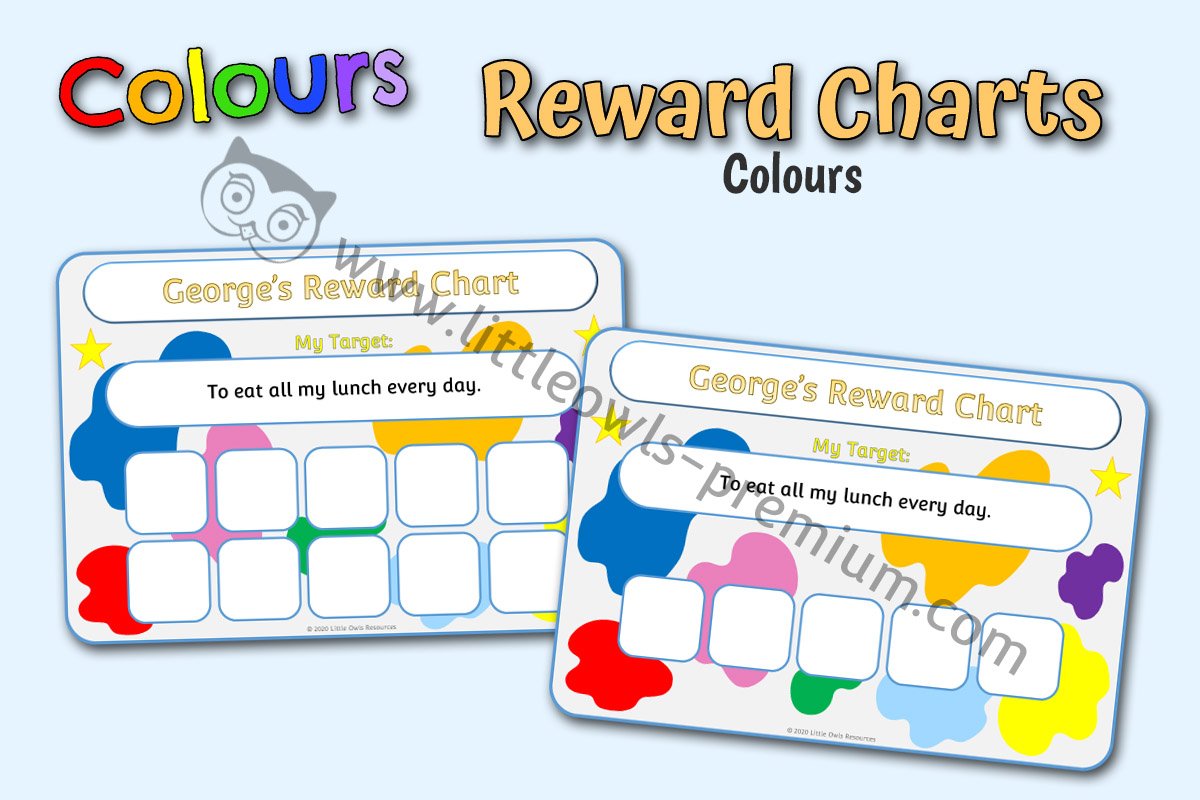
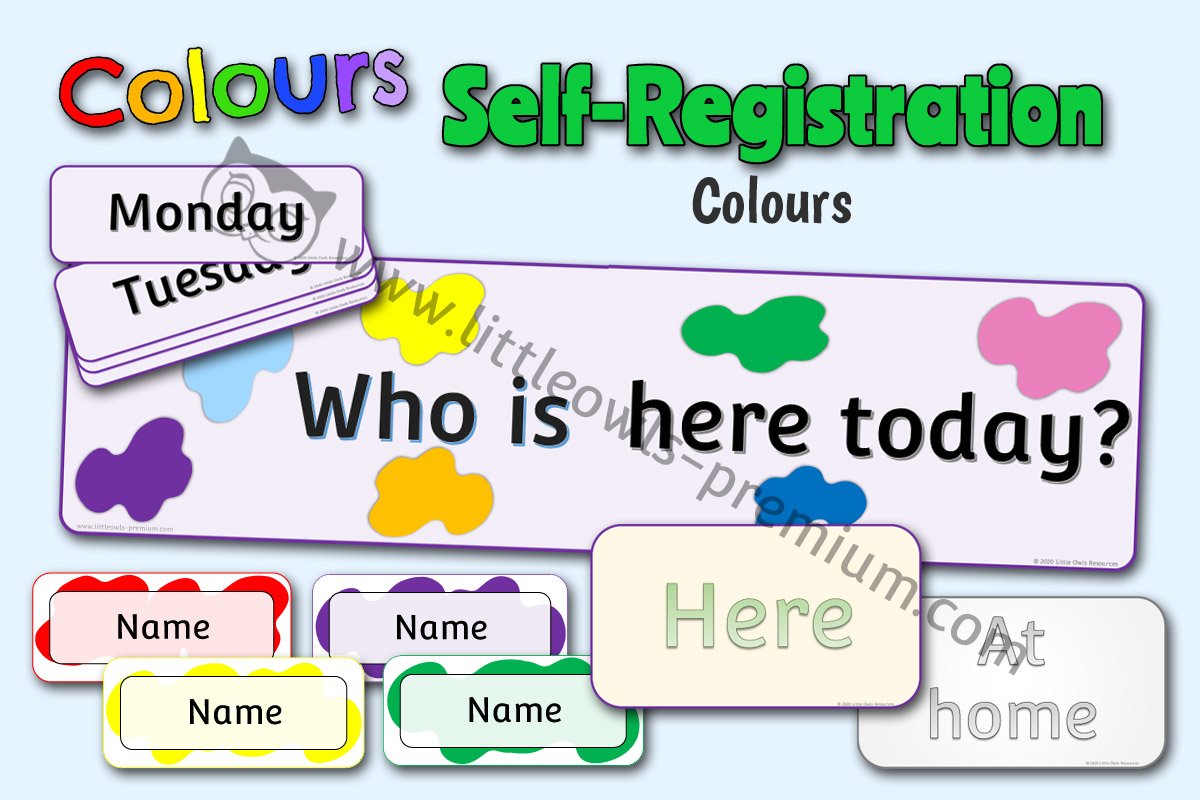
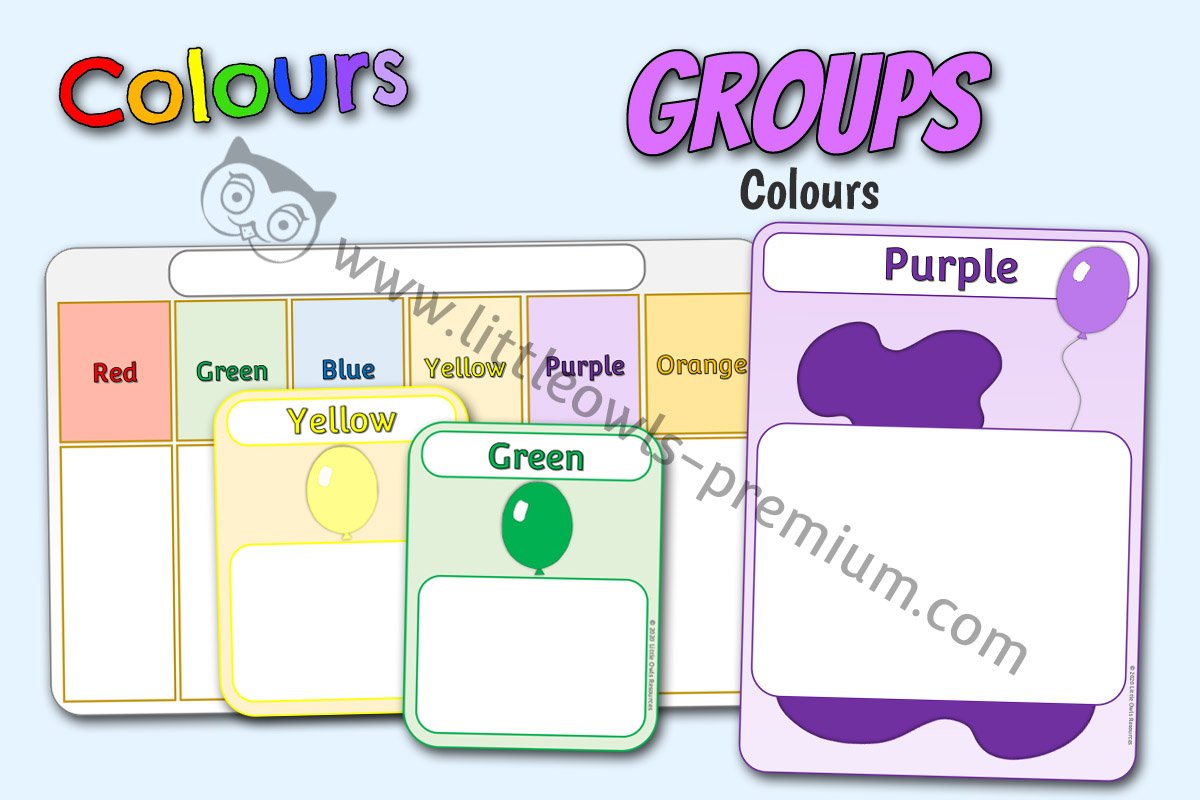








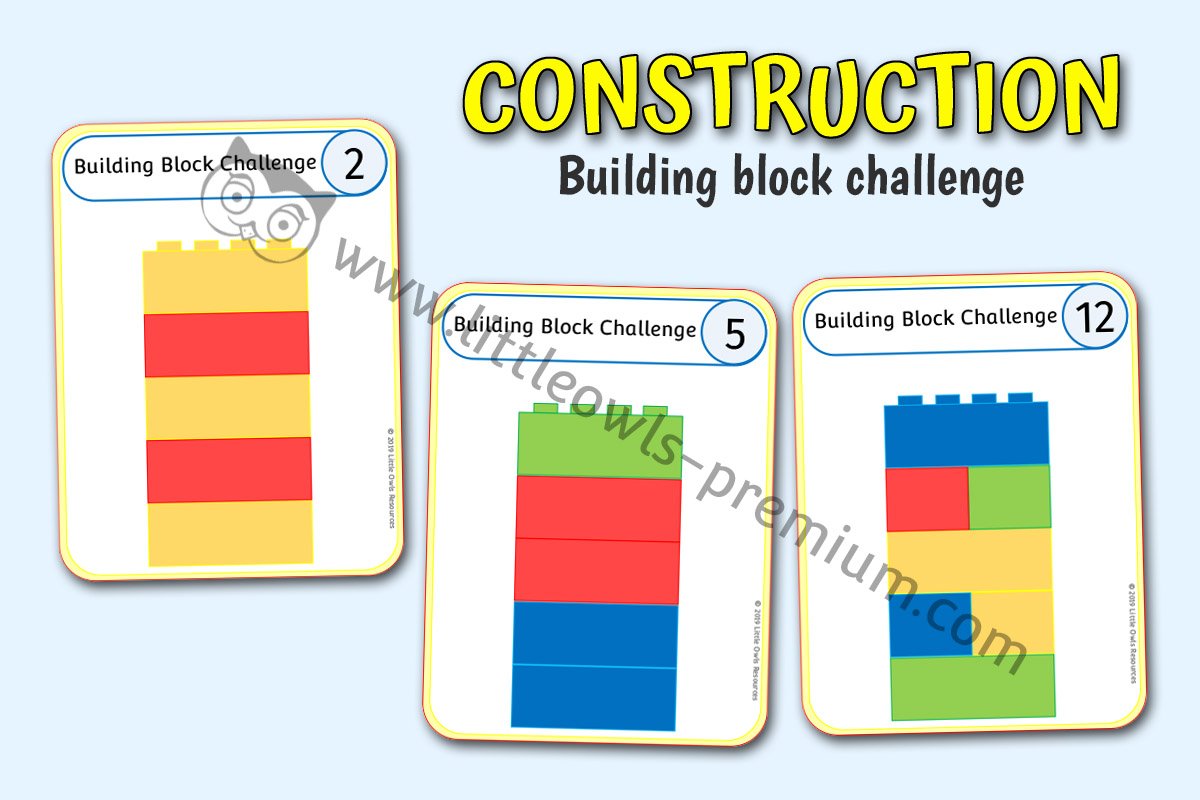


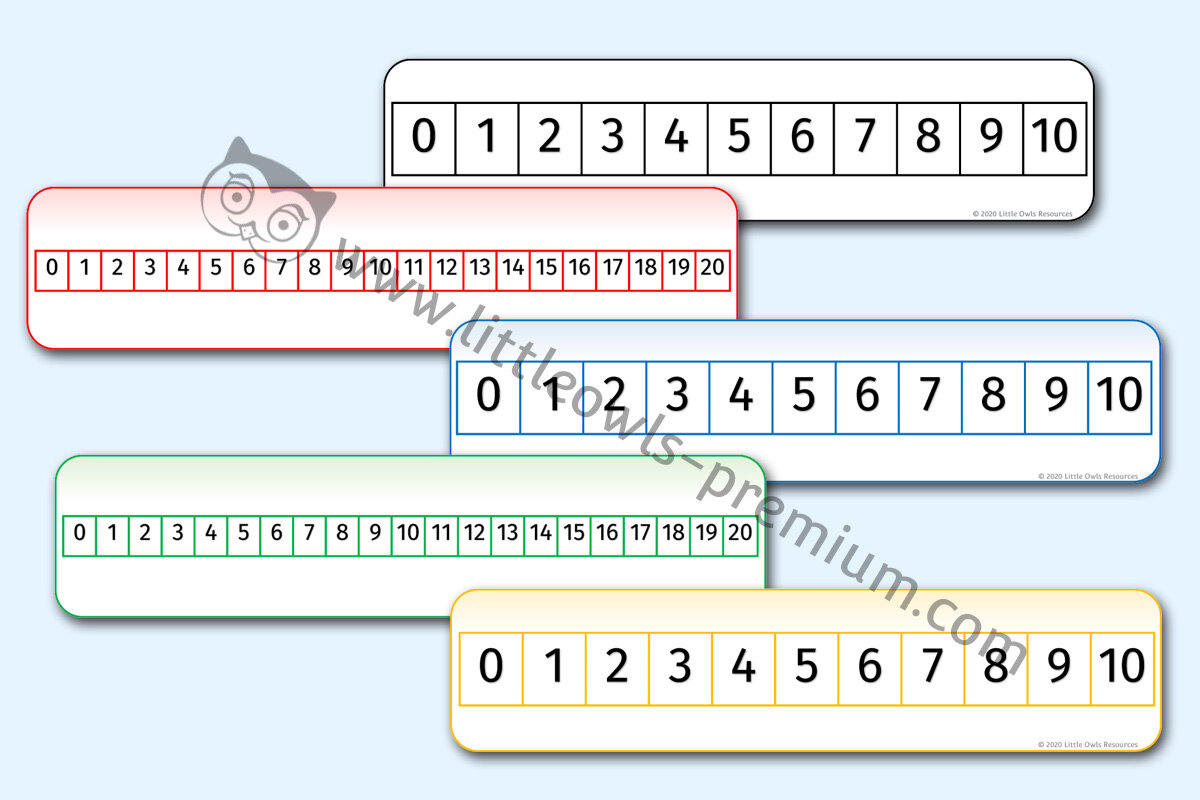

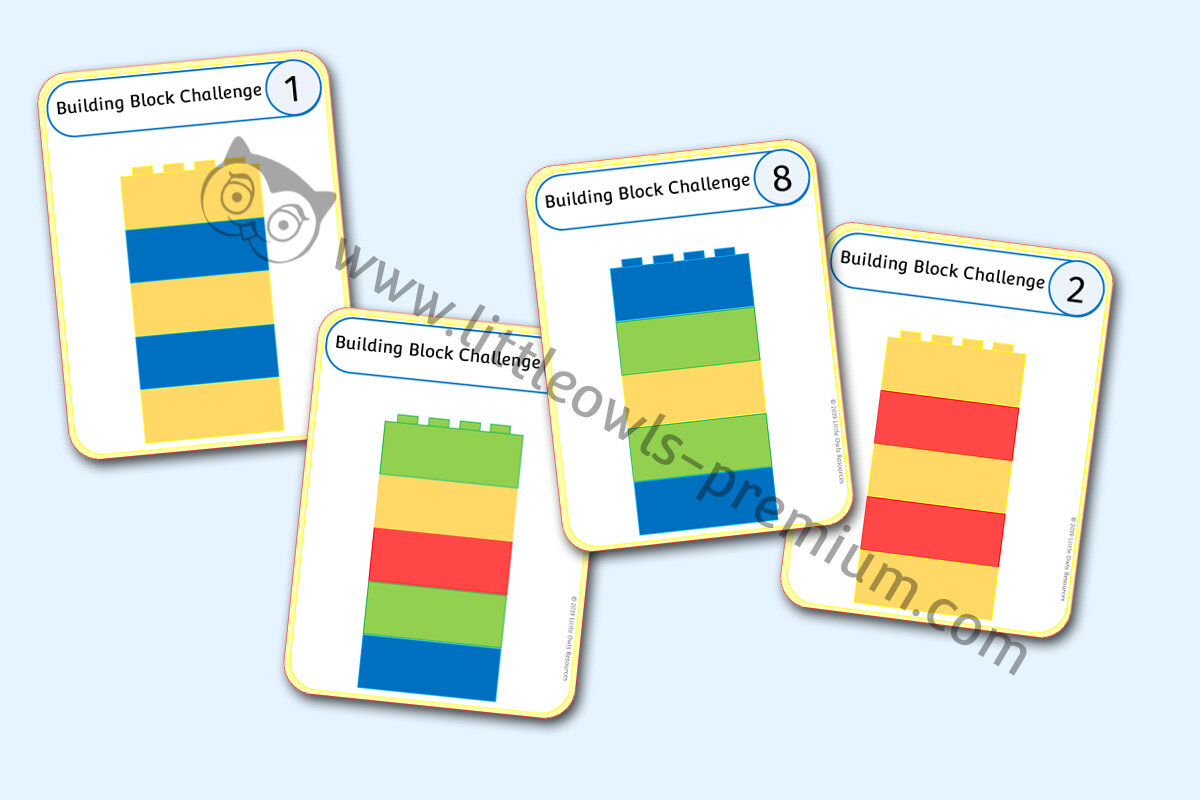














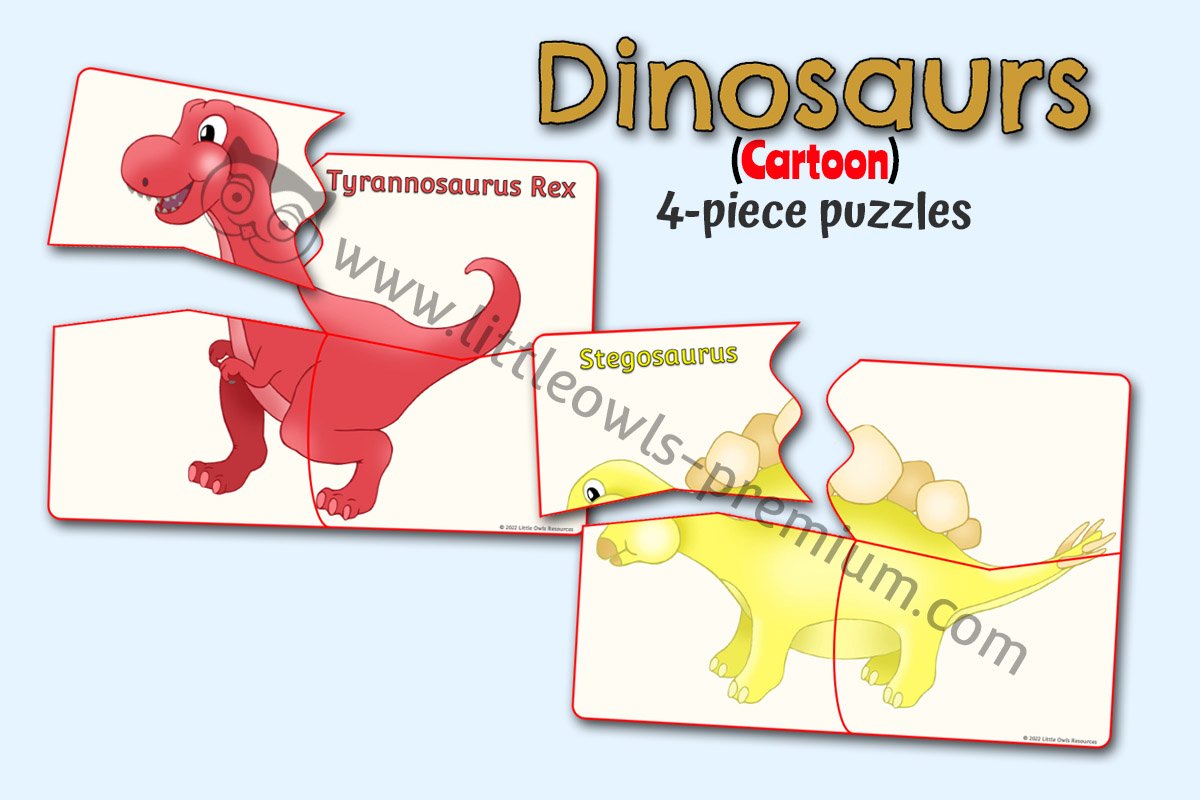



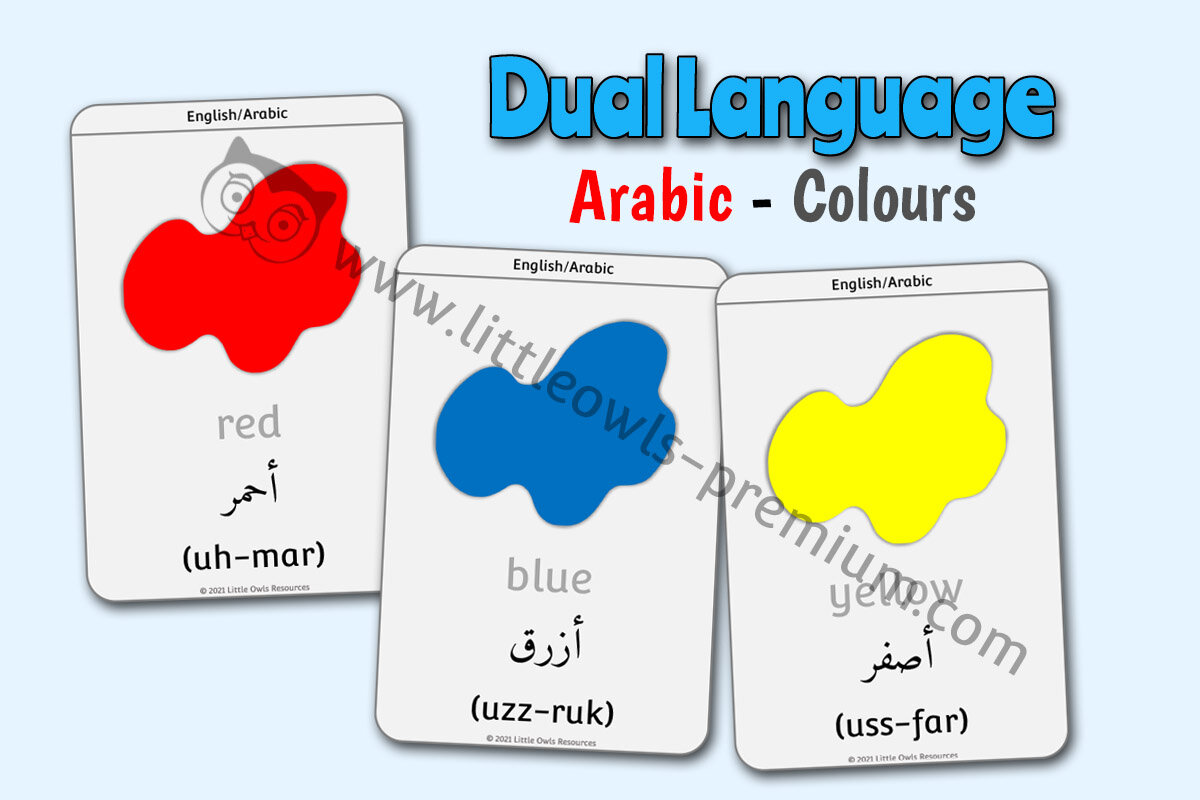














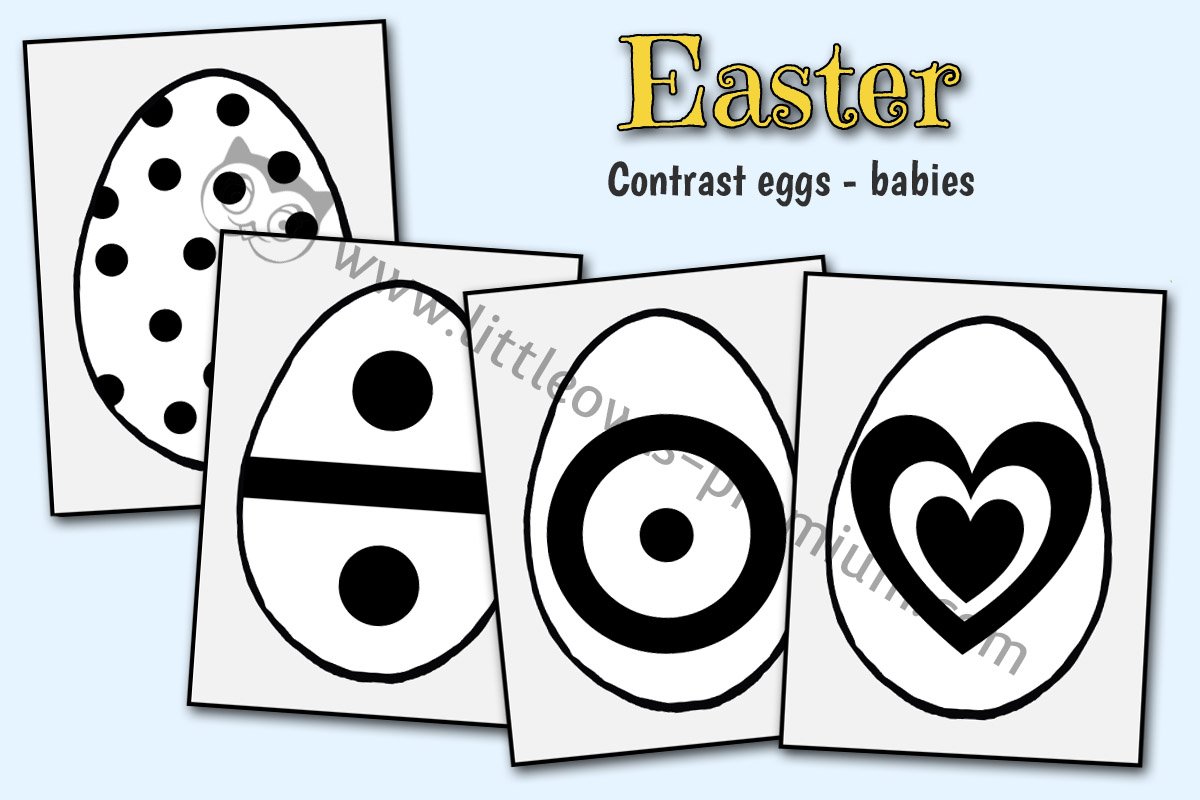
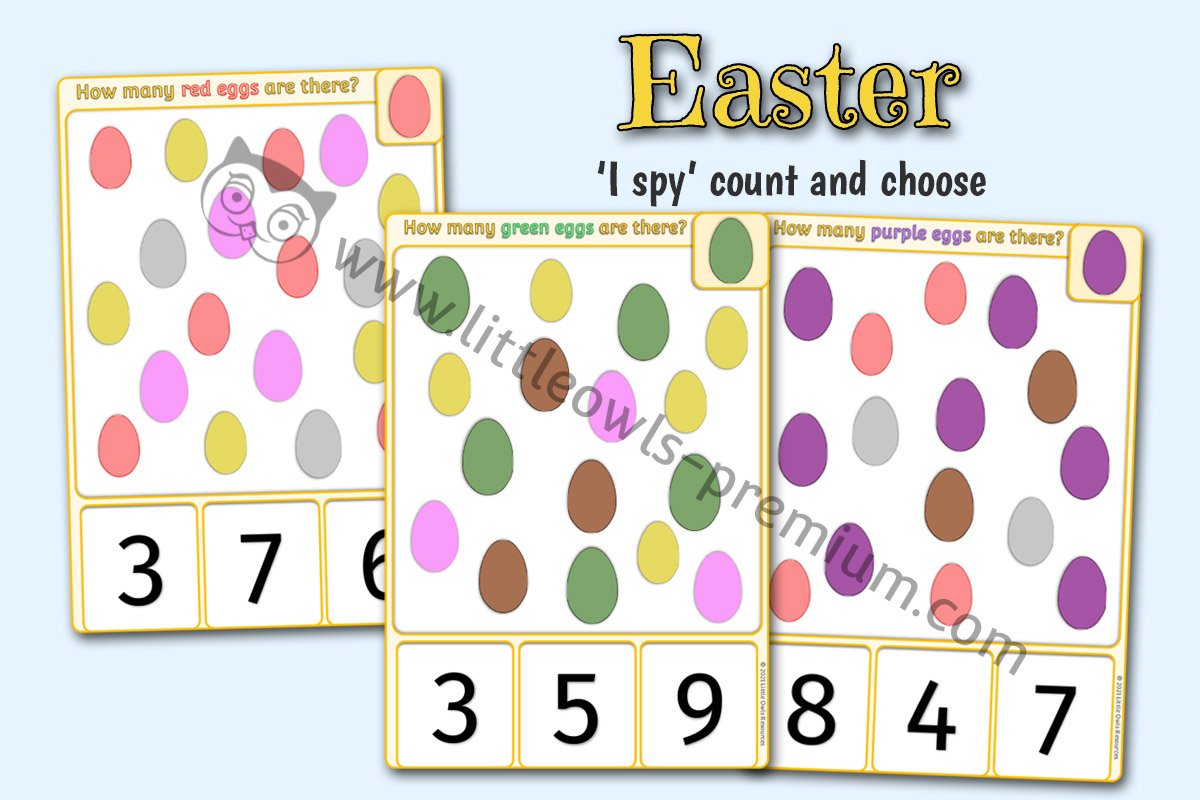




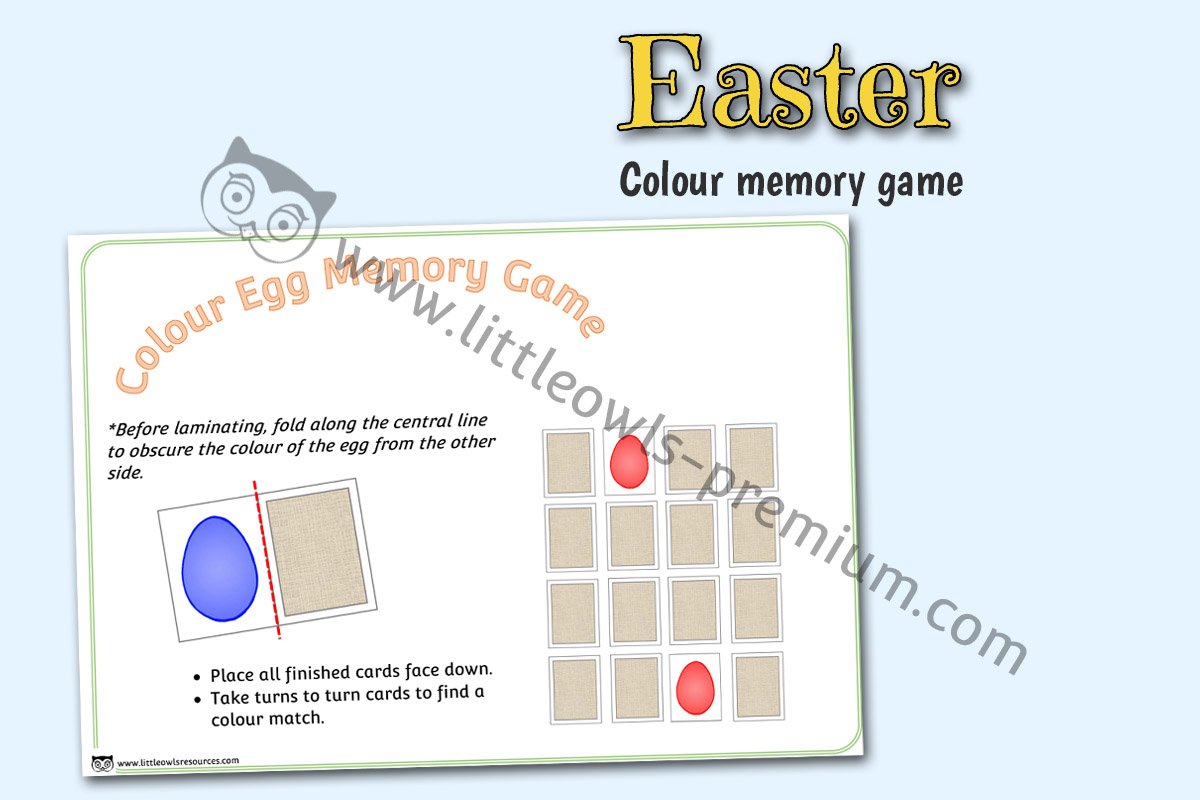

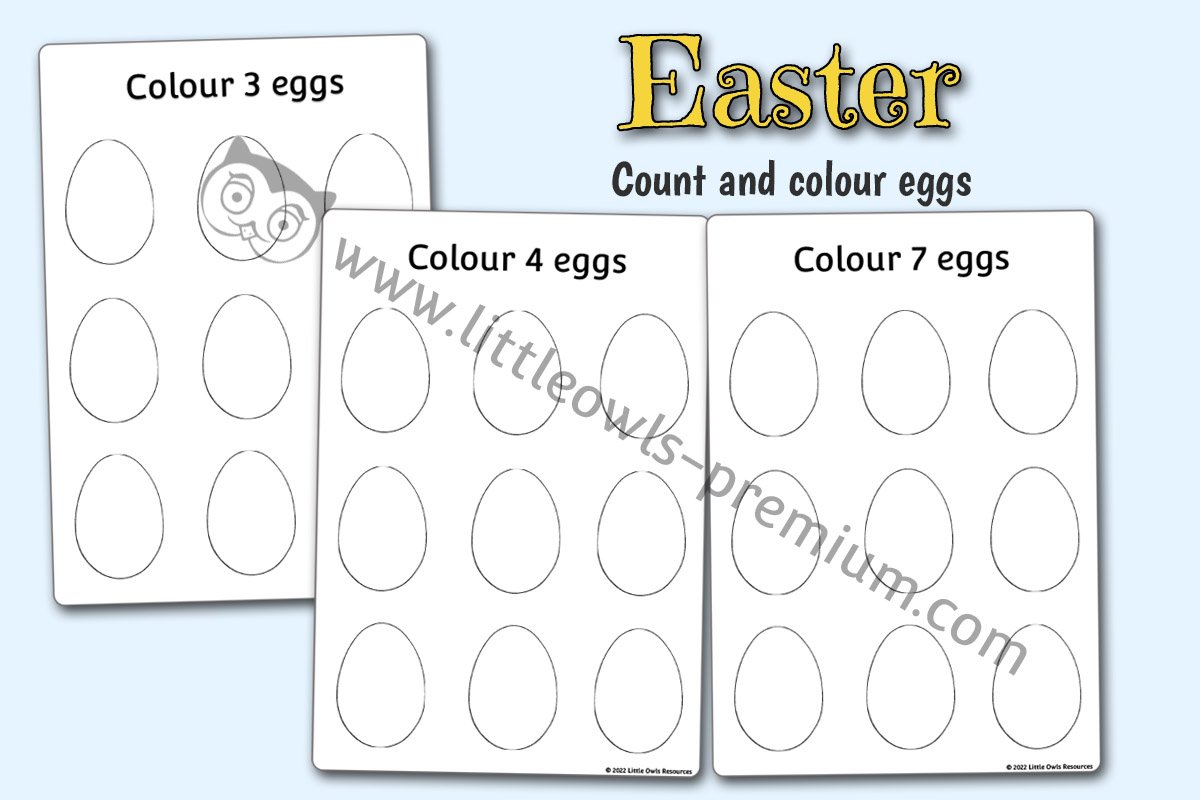






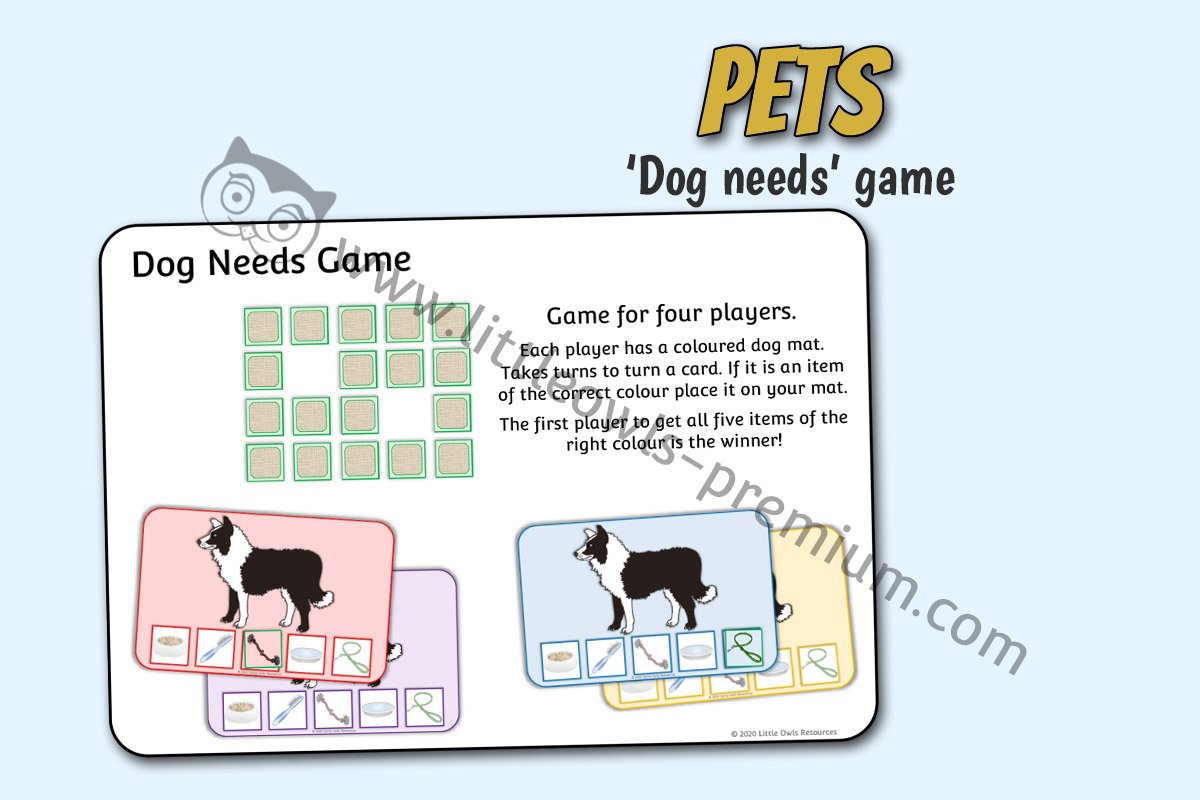







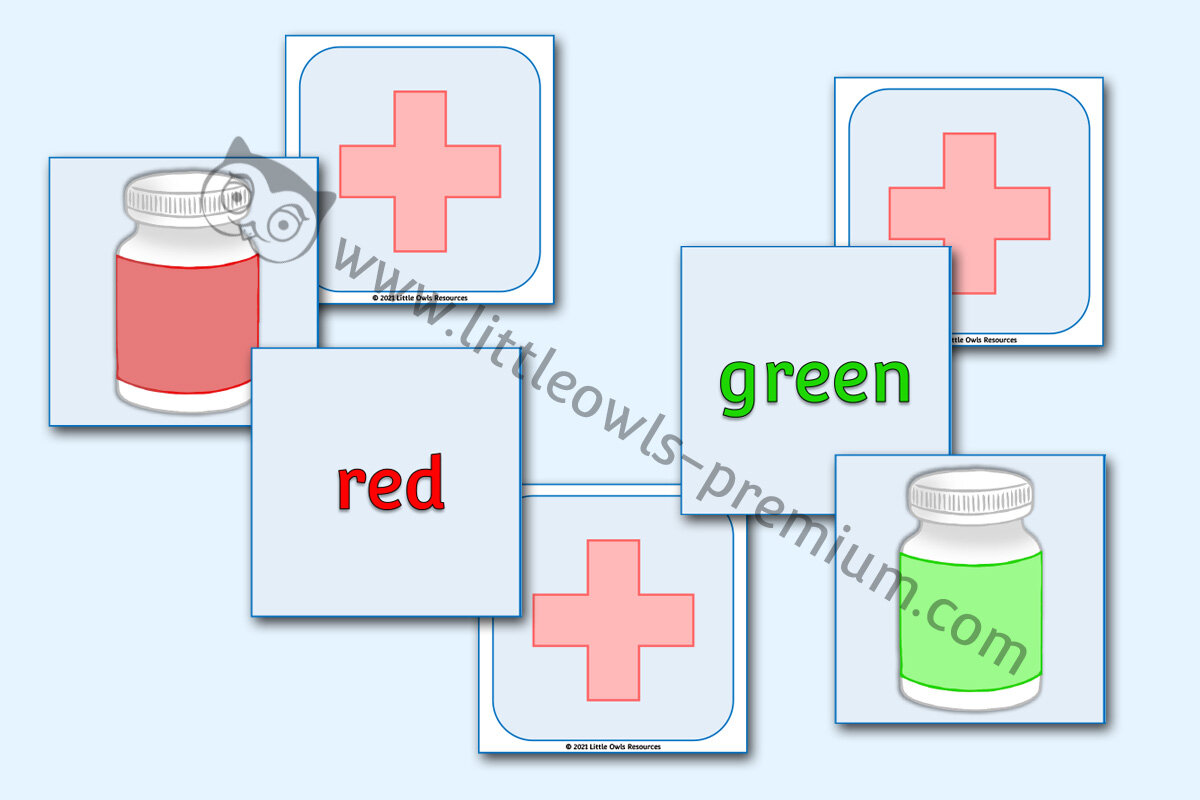



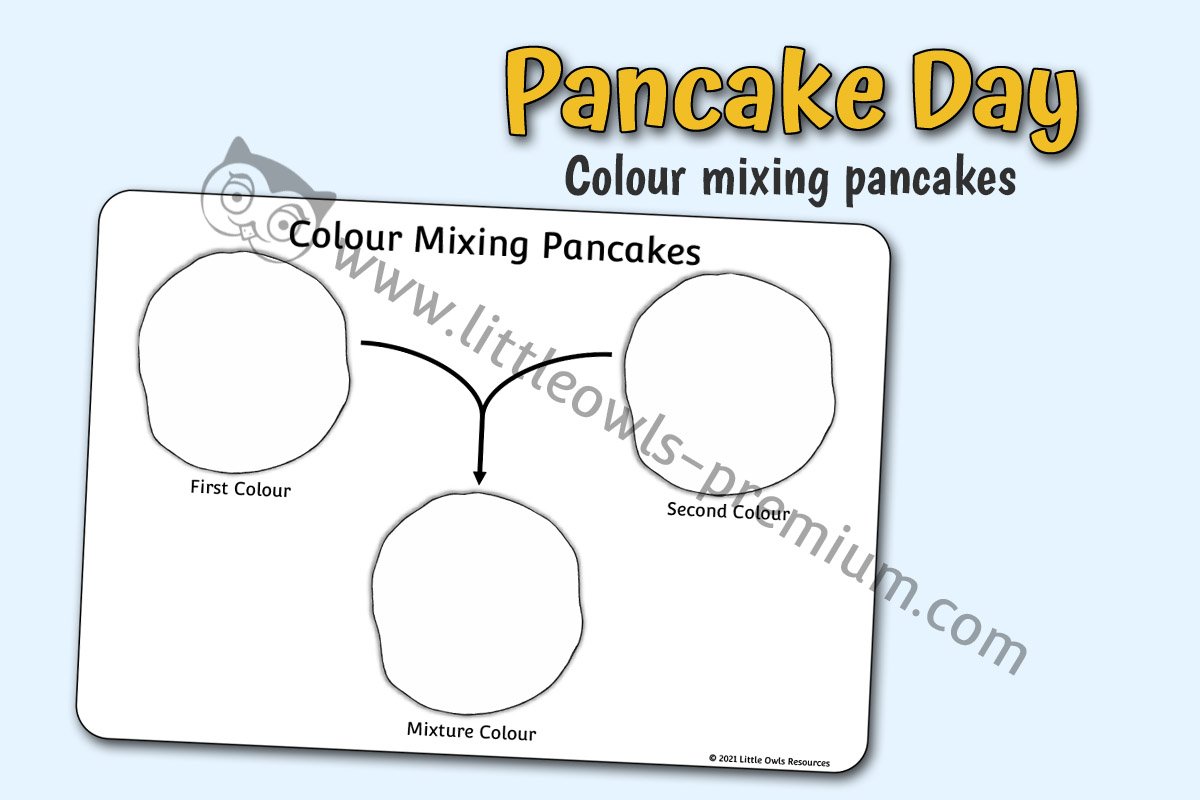
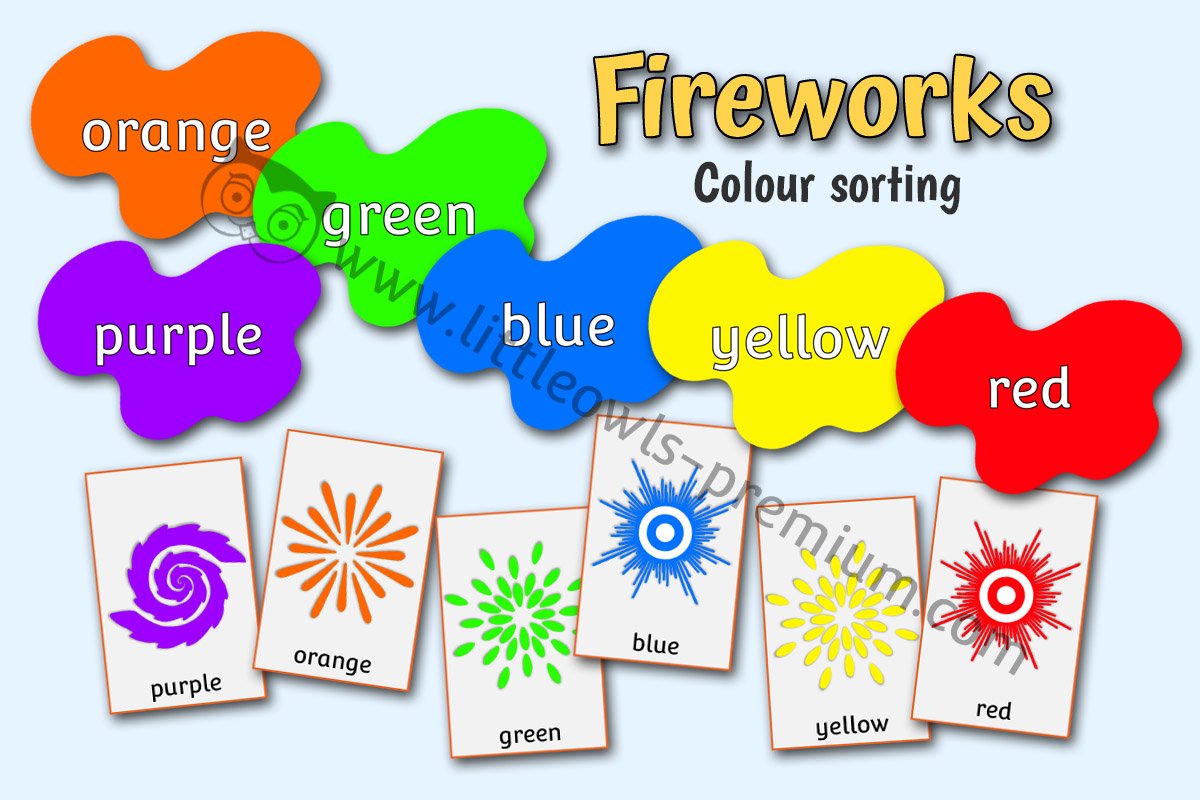







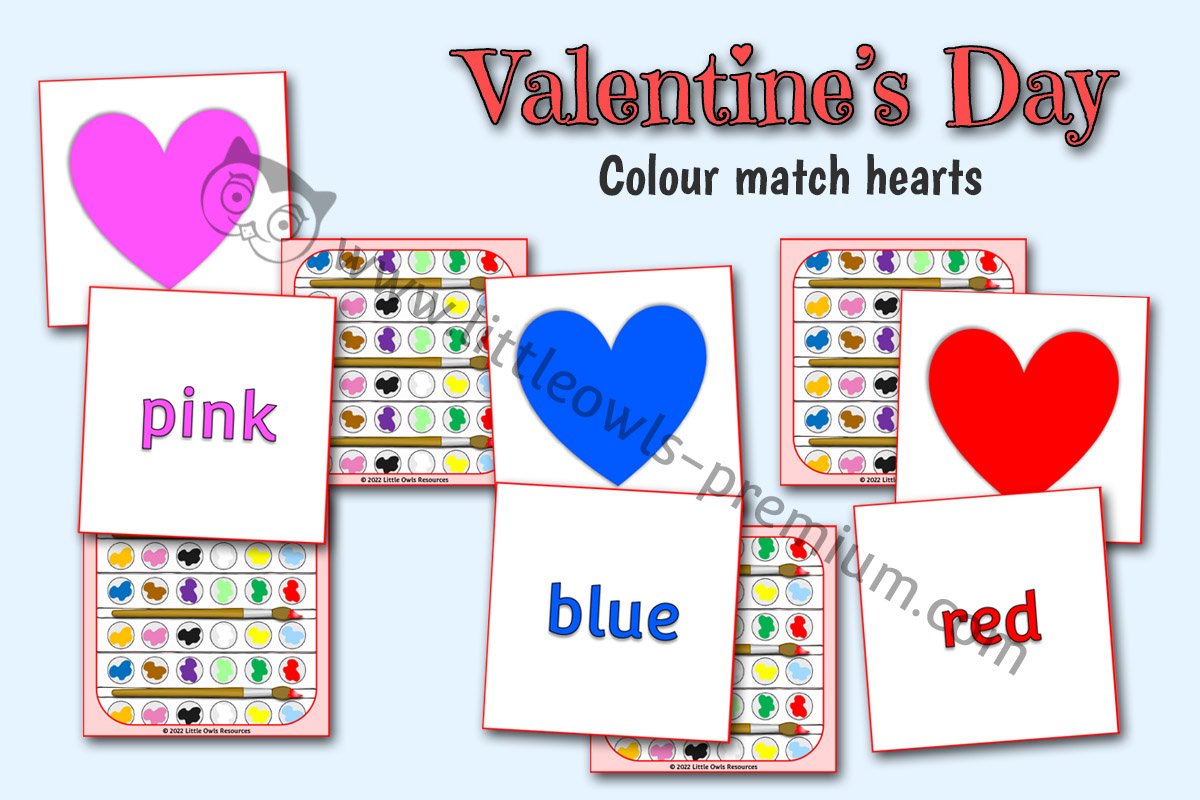
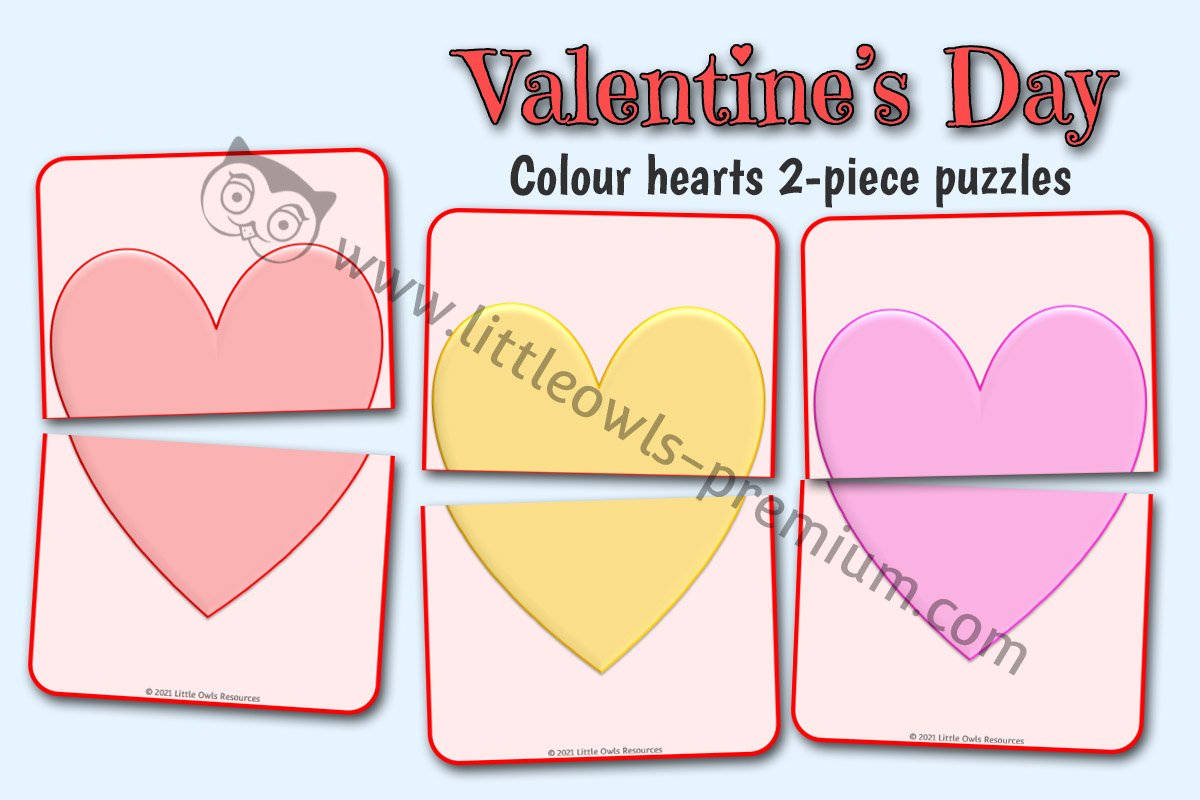
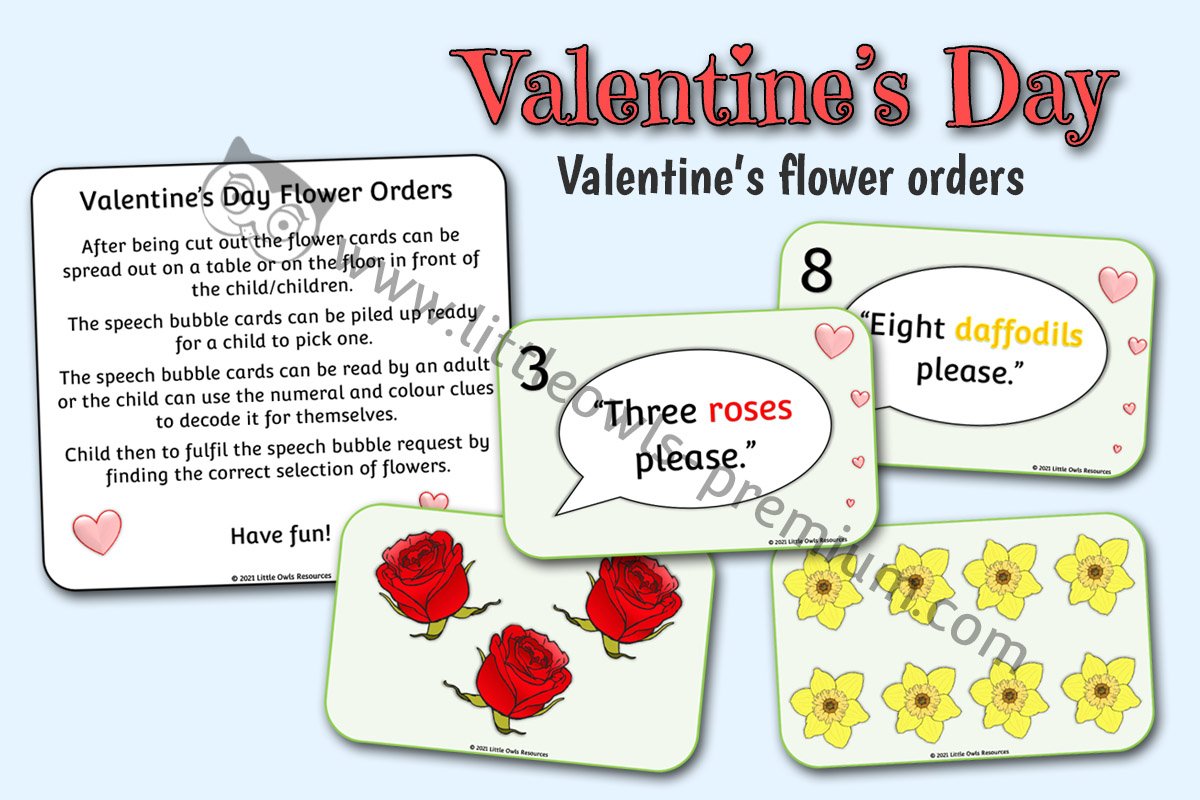


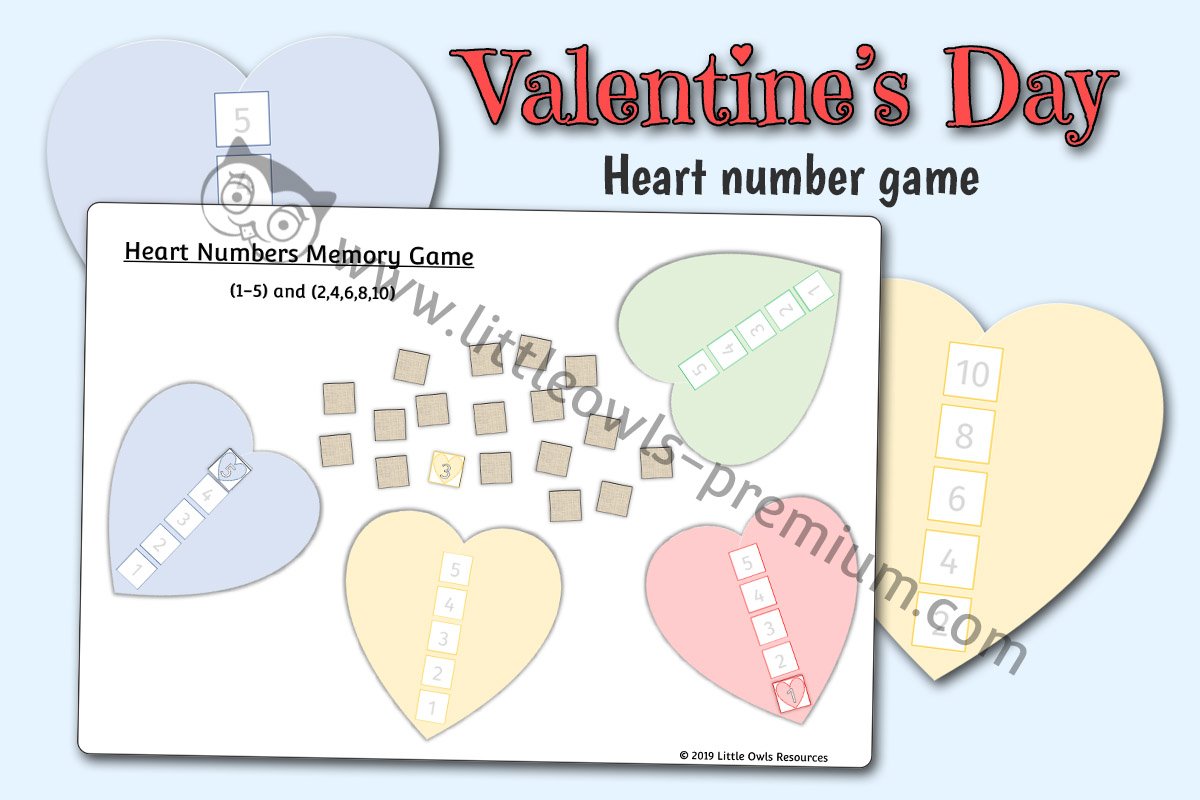
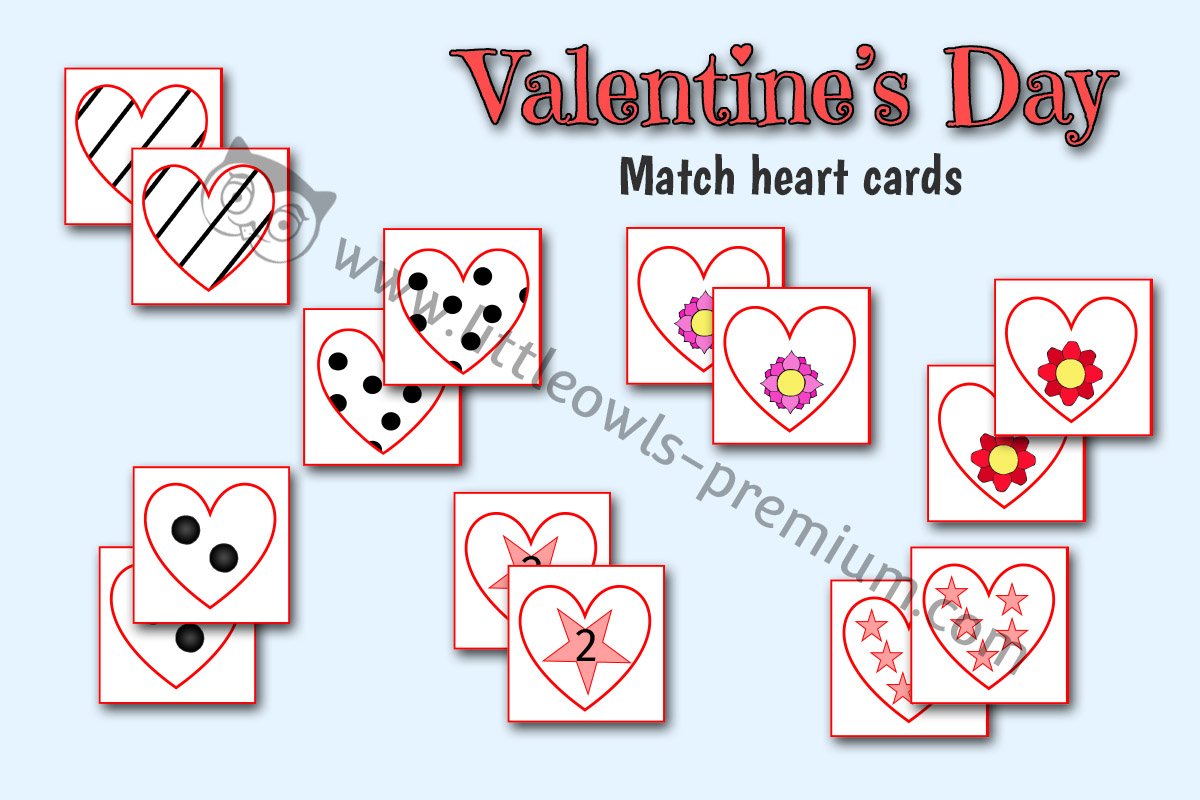
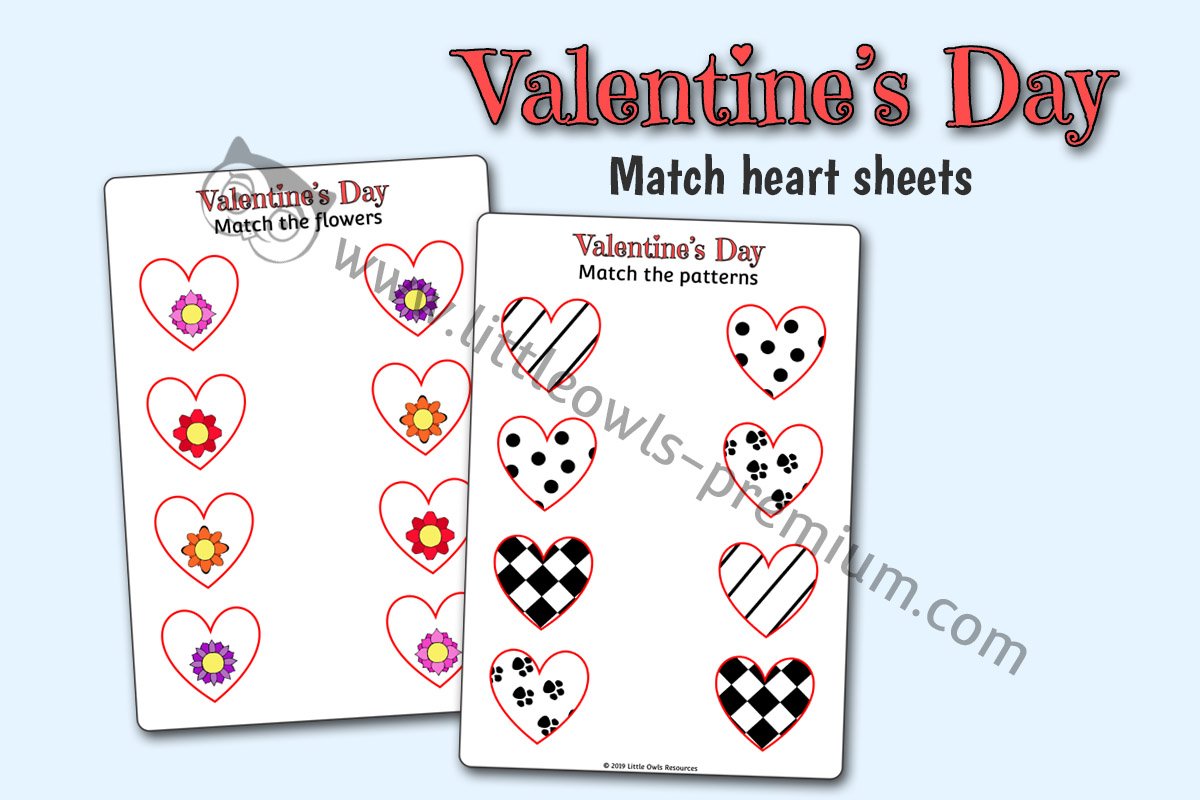











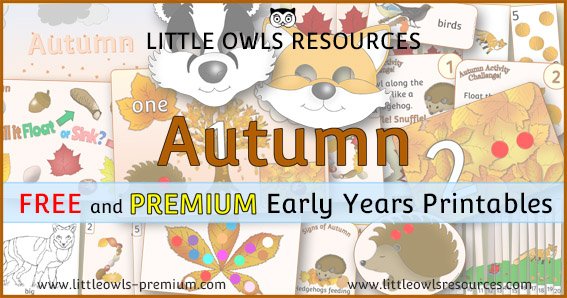
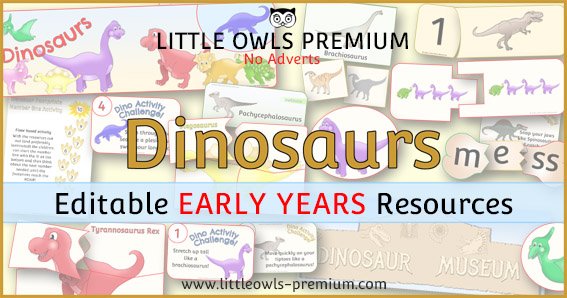
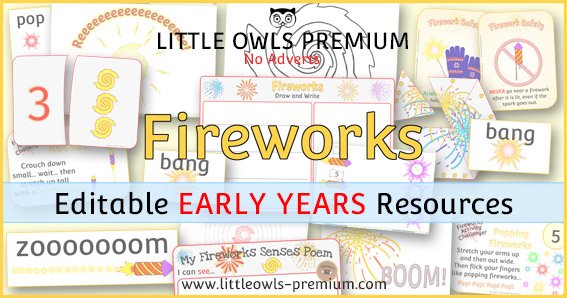
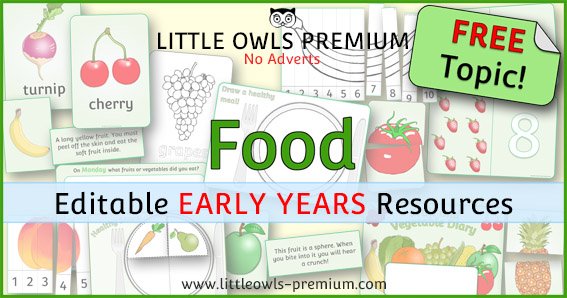
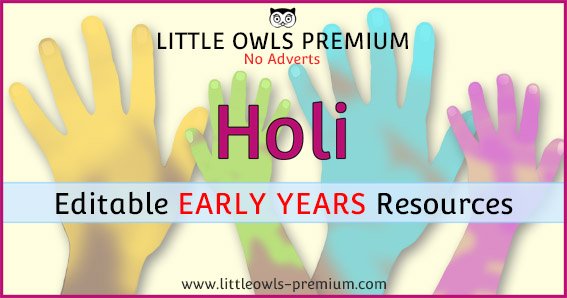




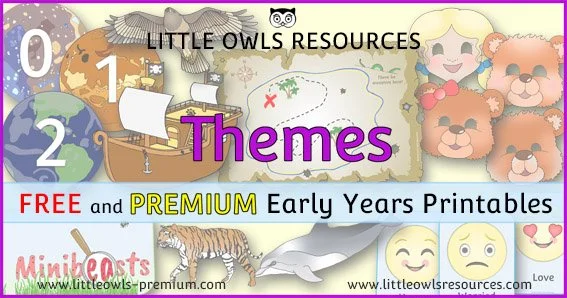

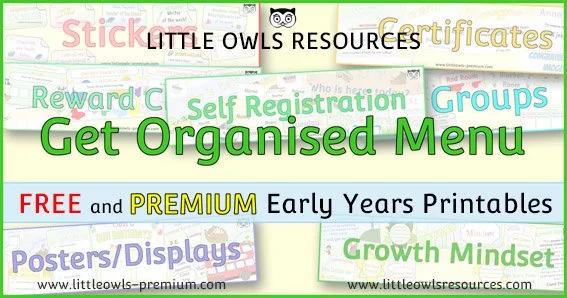


Introduce a calming creative experience rooted in Scottish tradition with our Mindfulness Tartan…